

How to Design a Colorful Four-Season Garden
Introduction
Imagine stepping into your backyard and being greeted by a stunning display of colors, scents, and textures—every single day of the year. That’s the magic of a four-season garden! This concept is all about creating a vibrant landscape that shines through spring, summer, autumn, and winter. Why is this important? A beautifully designed garden not only enhances your property’s curb appeal but also increases its value. Plus, it becomes a sanctuary for local wildlife, providing food and shelter throughout the year. And let’s not forget the immense satisfaction that comes from nurturing plants and watching them flourish!
This article aims to equip you with everything you need to know about designing your own colorful four-season garden. We’ll cover essential tips and tricks to ensure your garden remains visually appealing all year round. So, grab your gardening gloves, and let’s dig into the delightful world of seasonal gardening!
Understanding Your Garden’s Microclimate
What is a Microclimate?
A microclimate is a small area within your garden that has its own distinct climate conditions. Think of it as your garden’s personality! Microclimates can be influenced by factors such as nearby buildings, trees, and even the slope of your yard. Understanding your garden’s microclimate is crucial for selecting the right plants. For instance, a sunny spot next to a wall may be perfect for heat-loving plants, while a shaded nook might be ideal for woodland species.
Each area of your garden could have different levels of sunlight, shade, wind exposure, and soil types. This variation can significantly affect plant growth and flowering times. Knowing these nuances helps you choose plants that will thrive where they’re planted, ensuring a lush, colorful garden throughout the year.
Assessing Your Garden’s Conditions
To assess your garden’s microclimate, start by observing the sunlight patterns. Take note of which areas receive full sun, partial shade, or full shade throughout the day. Also, consider wind exposure—some plants may struggle in windy spots, while others might thrive.
Next, don’t forget about soil type! Is it sandy, clayey, or loamy? Each type has its own drainage and nutrient characteristics, influencing plant selection. You can even create a simple map of your yard, marking these conditions, which will guide your planting decisions.
For example, you might discover that the southwest corner of your yard is sunny and warm, making it perfect for drought-tolerant plants like lavender. Meanwhile, the shaded area beneath a large tree could be ideal for hostas and ferns. Understanding these conditions will empower you to create a vibrant, thriving garden that dazzles every season!

Planning Your Four-Season Garden
Creating a Garden Plan
Before you get your hands dirty, sketching a garden plan is essential. Think of it as your garden’s blueprint! Drafting a design helps visualize plant placements and ensures a well-balanced layout. A well-thought-out layout can save you hours of replanting later. It also prevents overcrowding and ensures that every plant has room to thrive.
Tools for planning are plentiful. Landscape design software can be a gardener’s best friend. Programs like SketchUp or Garden Planner offer intuitive interfaces to design your dream garden. Not a tech whiz? No problem! Grab some graph paper and a pencil, or simply sketch it out on a napkin. It doesn’t have to be fancy; it just needs to make sense to you.
Resources like garden planner notebooks, websites, and local gardening clubs can provide inspiration and guidance. Get creative! Mix and match plant types and colors to fit your vision. Remember to account for seasonal changes. Your design should not only look good in spring but should also shine in summer, autumn, and winter.
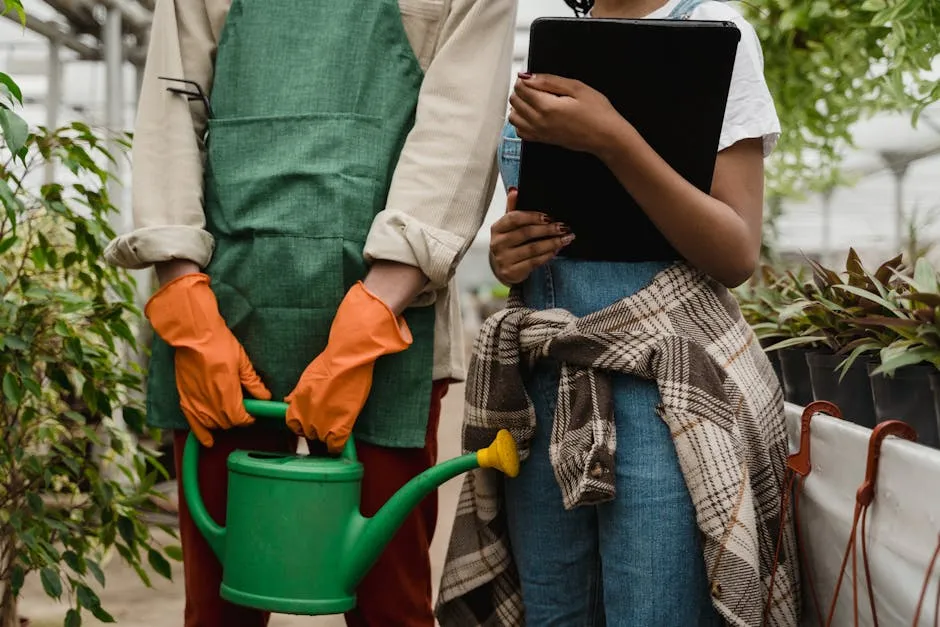
Essential Elements of Design
Now, let’s talk about hardscaping! Think of hardscaping as the backbone of your garden. Paths, patios, and water features provide structure and functionality. They guide movement and create areas for relaxation. A charming stone path can lead you through bursts of color, while a cozy patio beckons for summer barbecues.
Incorporating seating areas is a must for enjoying your garden oasis. A bench or a swing surrounded by blooms can create a peaceful retreat. Focal points, like a bird feeder or unique sculpture, draw the eye and elevate your garden’s charm. Consider planting around these elements to create stunning visual layers.
Mix hardscaping with your plants for depth and interest. For instance, combine a pebbled path with colorful flower beds on either side. This not only enhances the aesthetics but also provides a practical way to enjoy your garden. With thoughtful design, your four-season garden will be a delightful escape all year long.

Summer: Lush and Vibrant
Key Plants
Summer gardens burst with life! Consider favorites like coneflowers, daylilies, and hydrangeas. Coneflowers (Echinacea) stand tall with their vibrant petals, attracting butterflies and bees. Daylilies (Hemerocallis) are resilient and come in countless colors, making them a must-have for summer blooms. Don’t forget hydrangeas! Their large, showy flower clusters can transform any garden into a summer paradise.

Design Tips
Creating focal points is essential. Use taller plants at the back of borders. This method allows shorter plants to shine in front, like a well-rehearsed stage production! Think about adding a striking element, such as a trellis adorned with climbing vines, to draw the eye. Color contrast is vital too. Pair warm hues with cool tones for a balance that delights the senses. For instance, the rich yellows of daylilies can pop against the deep blues of salvia.
Harmonizing colors is equally important in summer gardens. Group plants that complement each other. A cluster of purple coneflowers encircled by yellow coreopsis creates a cheerful palette that’s hard to resist. Remember, summer is all about vibrancy, so let your garden reflect that joy!

Autumn: A Palette of Warm Hues
Key Plants
As summer fades, autumn unveils a rich tapestry of colors. Asters and ornamental grasses become the stars of the show! Asters bloom in various hues, offering a delightful farewell to summer. Ornamental grasses, such as Miscanthus, add softness and movement, turning golden in the sunlight.
Don’t overlook the beauty of berries and seed heads! Plants like viburnum provide vibrant berries, adding a punch of color while feeding local wildlife. The dried seed heads of coneflowers and other perennials offer texture and interest when blooms have faded. They create a rustic charm, perfect for autumn.

Design Tips
Incorporating autumn leaves into your design can enhance visual interest. Use fallen leaves as natural mulch. They add a splash of color while protecting your soil. Consider layering your garden by mixing late-blooming plants with early fall foliage. This strategy ensures that your garden remains visually engaging as the days grow shorter.
For example, pair the rich reds of Japanese maples with the purple blooms of late-blooming asters. This combination creates depth and layers, perfect for showcasing the beauty of autumn. With thoughtful plant selection and design, your garden will shine brightly during this cozy season!
Winter: Structure and Texture
Key Plants
Winter may seem bleak, but it doesn’t have to be! Evergreen plants like hollies and boxwoods hold the key to a vibrant winter garden. These sturdy companions maintain their lush greenery, providing a hearty backdrop when other plants retreat. The glossy leaves of hollies, with their bright red berries, create a festive atmosphere, while boxwoods offer a neat, structured appearance.
Don’t forget about the fascinating bark varieties! Plants like the paperbark maple and river birch add texture and visual interest when covered in frost. And let’s not overlook the winter bloomers! Witch hazel and hellebores are like winter’s little surprises, blooming even when the snow is still around. With their yellow flowers and subtle fragrance, they add charm to any winter landscape.
Design Tips
Creating a strong framework for your garden is essential during the winter months. Use evergreens and deciduous plants with interesting forms to maintain structure. Incorporate hardscaping elements like stone paths, patios, and arbors to enhance visual appeal. These features stand strong against winter’s chill, providing both functionality and beauty.
Visual interest is paramount. Consider integrating raised beds or raised garden bed kits for climbing plants. Ornamental grasses can sway gracefully in the winter breeze, providing movement and texture. Strategic lighting can also highlight these structures, transforming your garden into a magical wonderland after dark. By using a mix of plants and hardscaping, your winter garden can be just as captivating as any other season!

Maintenance for Year-Round Beauty
Seasonal Maintenance Tasks
Keeping your garden in tip-top shape requires consistent care throughout the year. In spring, tackle pruning and deadheading to encourage new growth. Deadheading spent blooms extends flowering, giving your garden a fresh look. Summer calls for regular watering and mulching to maintain moisture and suppress weeds. As autumn rolls in, it’s time for a good cleanup! Rake leaves and cut back perennials to prepare for winter.
Don’t forget about soil health! Mulching is crucial in all seasons. It retains moisture, regulates temperature, and suppresses weeds. Regularly check for pests and diseases, addressing any issues promptly. Healthy soil is the foundation of robust plants, so consider testing your soil annually to adjust pH and nutrient levels as needed. A soil test kit can be a gardener’s best friend!
Seasonal Planting Strategies
Rotating annuals and perennials is a clever way to ensure continuous blooms. For instance, plant spring-flowering bulbs in the fall for a delightful surprise when winter fades. In summer, focus on planting heat-tolerant annuals alongside perennials that bloom later in the season. This rotation maintains color and interest, creating a dynamic garden.
Incorporate seasonal changes into your gardening routine by adjusting plant selections. For instance, consider planting fall-blooming varieties like asters or sedums to keep the garden lively. This method of thoughtful planting ensures that each season brings something new and exciting to your garden. With a little planning, your garden will remain an enchanting spectacle all year long!
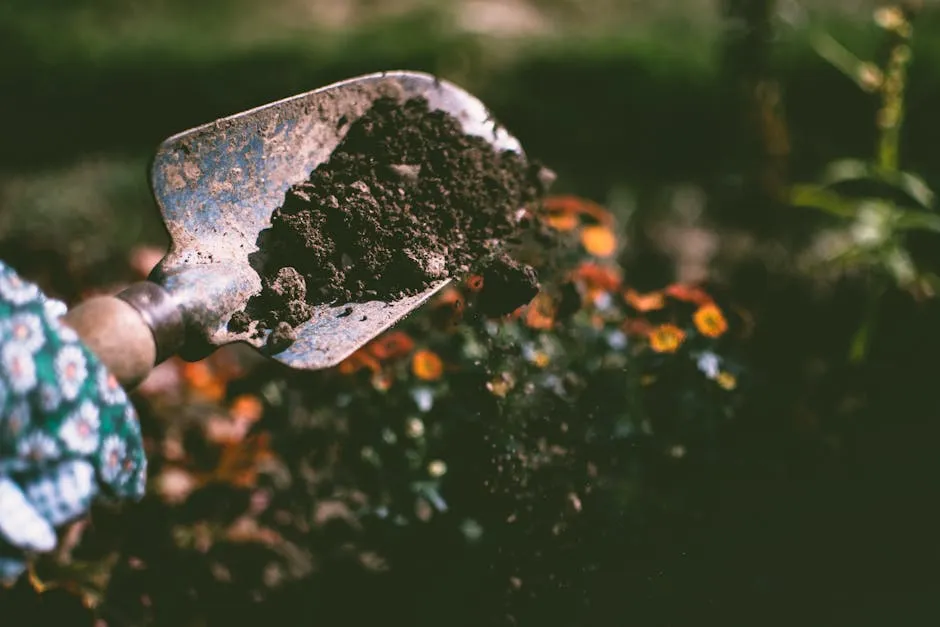
FAQs
What are the best plants for a four-season garden?
Choosing the right plants is crucial for continuous color throughout the year. Here are some versatile options for each season: Spring: Consider tulips, daffodils, and crocuses for early blooms. Pair these with perennials like hellebores and primroses. Summer: Look for vibrant blooms from coneflowers, daylilies, and hydrangeas. These plants thrive in the warm months and attract pollinators. Autumn: Asters and ornamental grasses add warm hues. Don’t forget about the colorful foliage from trees like maples and oaks. Winter: Evergreens such as hollies and boxwoods maintain structure. Include winter bloomers like witch hazel for unexpected color.
How can I ensure my garden has color year-round?
To maintain color throughout the year, select a balanced mix of plants that bloom in succession. Group plants with overlapping bloom times to create a vibrant tapestry. Incorporate bulbs for spring, annuals for summer, and choose fall favorites that provide late-season interest. Layering plants with varying heights and textures will also enhance visual appeal across seasons.
What should I do if my garden doesn’t thrive in certain seasons?
If your garden struggles during specific seasons, consider troubleshooting. Assess soil health and drainage, as well as light exposure. Some plants may simply be in the wrong spot. Research alternatives that thrive in your garden’s conditions. You might also want to rotate plant choices to find what works best in your unique environment.
Can I design a four-season garden in a small space?
Absolutely! Small spaces can be just as colorful and interesting. Use container gardening to maximize your options. Choose plants that grow tall and provide vertical interest, like climbing vines. Layer plants to create depth and use hanging planters for additional blooms. Even a small balcony can become a vibrant garden sanctuary!
How often should I maintain my garden?
Seasonal maintenance is key to a thriving garden. Use this checklist: Spring: Prune and deadhead spring bloomers, prepare soil, and plant new annuals. Summer: Water regularly, deadhead spent flowers, and apply mulch to retain moisture. Autumn: Clean up fallen leaves, cut back perennials, and add compost to enrich soil. Winter: Protect tender plants, check for pests, and plan for spring planting. By following these maintenance tips, your garden will flourish beautifully throughout the seasons!
Please let us know what you think about our content by leaving a comment down below!
Thank you for reading till here 🙂
To create a vibrant and welcoming space for pollinators, consider creating a pollinator-friendly garden design.
All images from Pexels



